Creating A Fashion Brand involves more than just a knack for design; it demands a blend of creativity and business savvy. At mens-fashion.net, we’ll guide you through the essential steps to transform your design aspirations into a successful fashion venture. Whether you’re conceptualizing the next big trend or perfecting garment construction, we’re here to provide the knowledge and resources you need to flourish in the competitive fashion industry. Explore our expert advice on fashion branding secrets, clothing line business models, and effective online marketing strategies to help your brand not only launch but thrive.
1. Honing Your Fashion Design Skills
Can formal education help me create my fashion brand? Yes, formal education or practical experience can significantly boost your fashion design skills. Self-taught designers like Vivienne Westwood and Dapper Dan have carved niches in the fashion world, proving that passion and determination can triumph over formal training. However, enrolling in fashion design programs or courses offers structured learning, industry insights, and networking opportunities, which can refine your creative talents and business acumen.
While skipping fashion school is possible, formal education—whether on-campus or online—offers key benefits. You’ll learn current industry standards, gain access to resources and equipment, build connections, and receive feedback from experts. According to research from the Fashion Institute of Technology (FIT), in July 2025, hands-on experience provides invaluable skills in pattern grading, sewing, and draping—essential elements for shaping next season’s biggest trends.
Designer Sarah Donofrio, a Project Runway alumna, recommends gaining experience with established brands before launching your own. Mens-fashion.net supports lifelong learning by offering articles and resources that help you develop essential entrepreneurial skills, as well as design techniques.
Many institutions offer fashion design and small business programs in varying formats. Schools like Parsons in New York and Central Saint Martins in London are world renowned for their fashion programs.
There are also a growing number of online courses for fashion industry hopefuls. Check local community colleges for virtual or part-time formats, or consider sites like MasterClass and Maker’s Row Academy.
2. Crafting Your Clothing Business Plan
What key elements should I include in my fashion business plan? Your clothing business plan should clearly define your target market, brand identity, and sales strategy, appealing to potential investors and outlining your path to success. Like any startup, launching a clothing line requires carefully considering costs, funding sources, and necessary support for legal, financial, production, and distribution aspects.
Your business plan is where you’ll set out your business structure. You may choose to operate as a sole proprietorship, a corporation, or something in between. If you decide to focus on sustainable business practices and produce clothing ethically, you could also consider becoming a B Corp. This designation signifies to conscious consumers that your clothing business is committed to sustainability.
According to the Small Business Administration (SBA), a detailed plan helps secure funding and manage growth effectively. Mens-fashion.net can provide templates and advice for writing a compelling business plan that highlights your brand’s vision and market potential.
To come up with startup capital, look to secure a business loan or crowdfund product runs. If it’s a truly zero-investment, online clothing business that you’re after, consider dropshipping clothing or running a consignment store.
Fashion Brand Business Models
| Business Model | Description | Advantages |
|---|---|---|
| Hand Production | Creating and selling designs directly to customers through your website or at markets/pop-ups. | Full creative control, direct customer feedback, lower initial investment. |
| Manufacturing Partner | Partnering with a manufacturer to produce clothing collections, then selling wholesale to other retailers. | Scalability, reduced production workload, potential for higher sales volume. |
| Print on Demand | Designing patterns or graphics for blank apparel, using a print-on-demand service to sell online. | Minimal inventory, low startup costs, wide product range. |
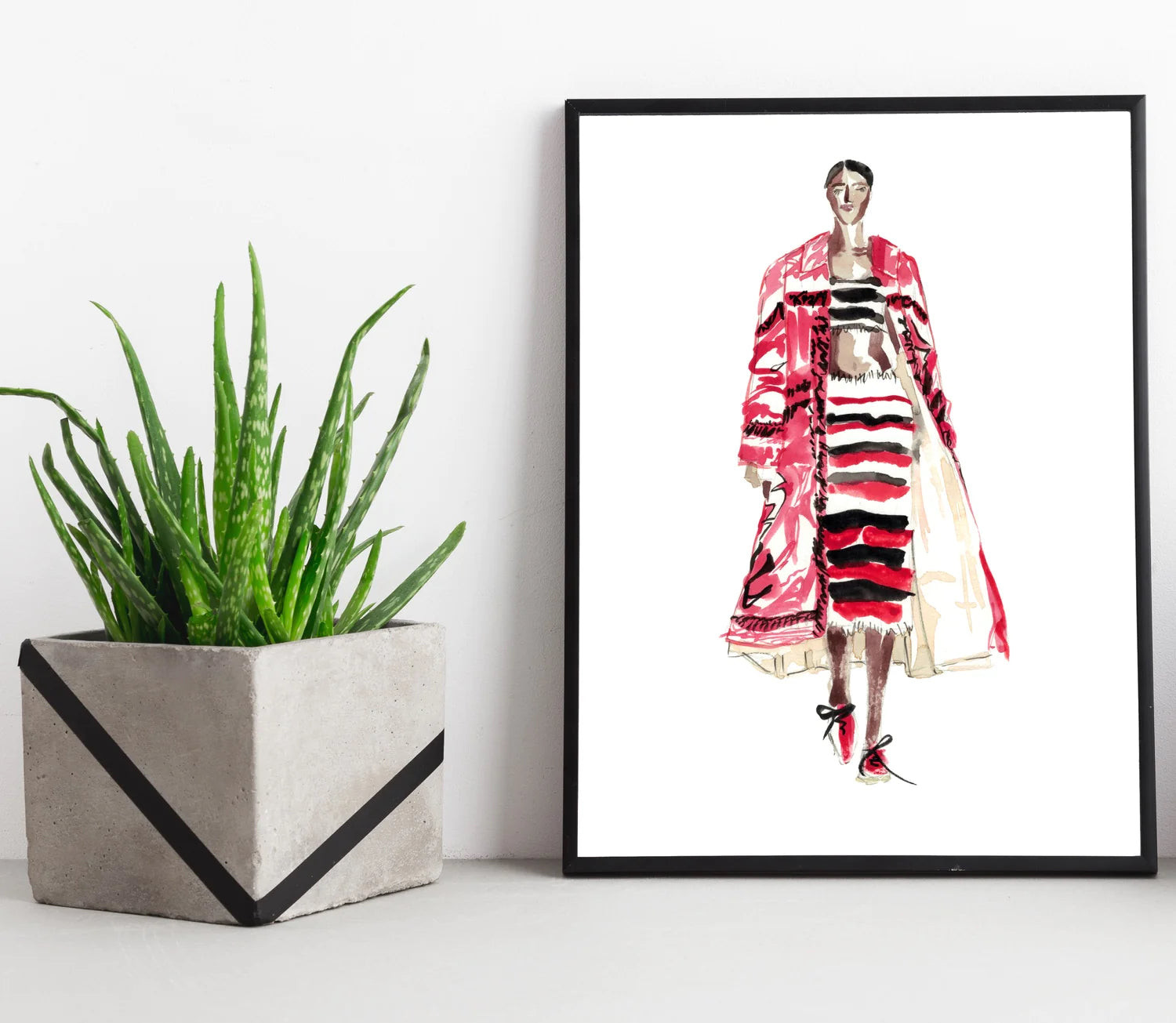

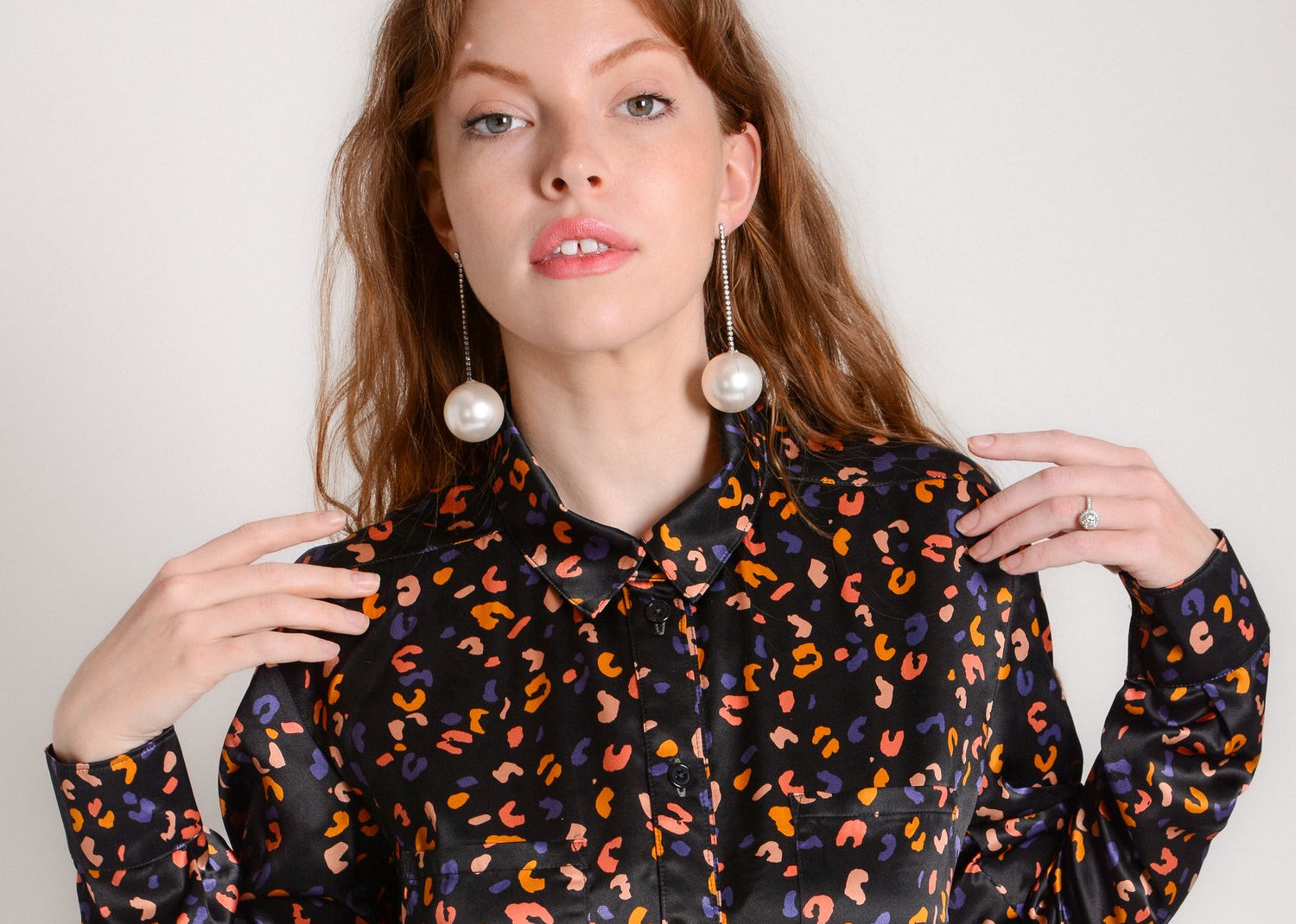


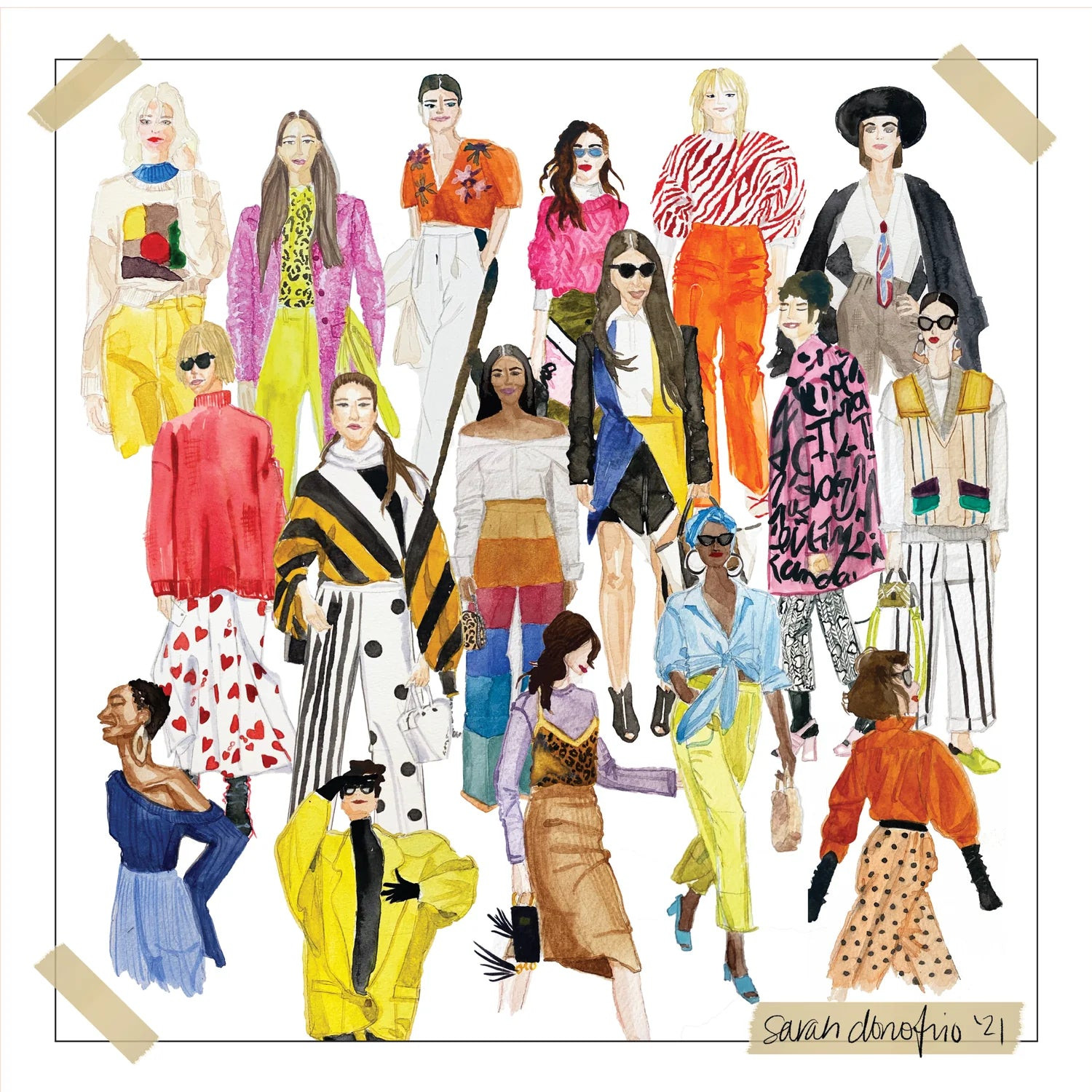
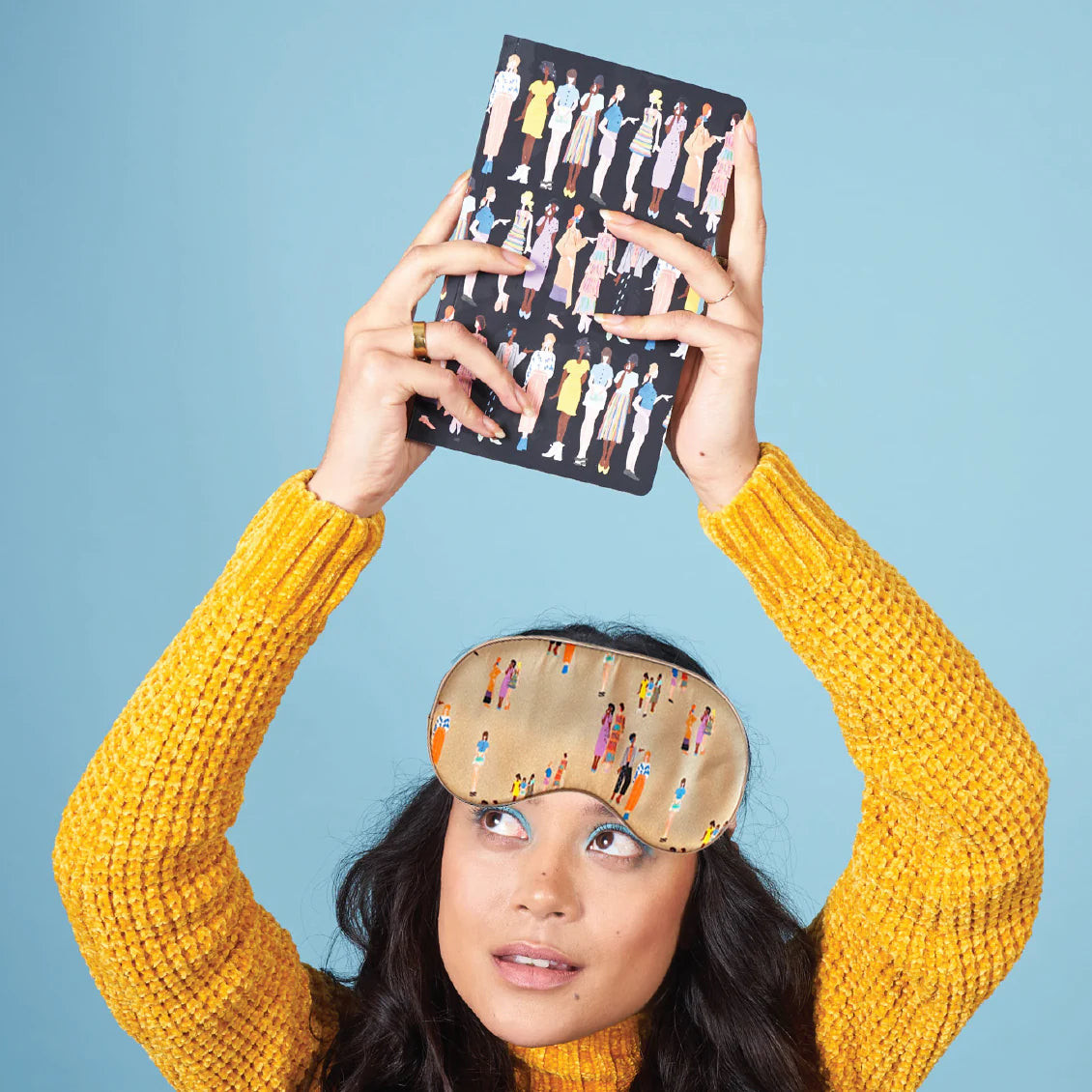

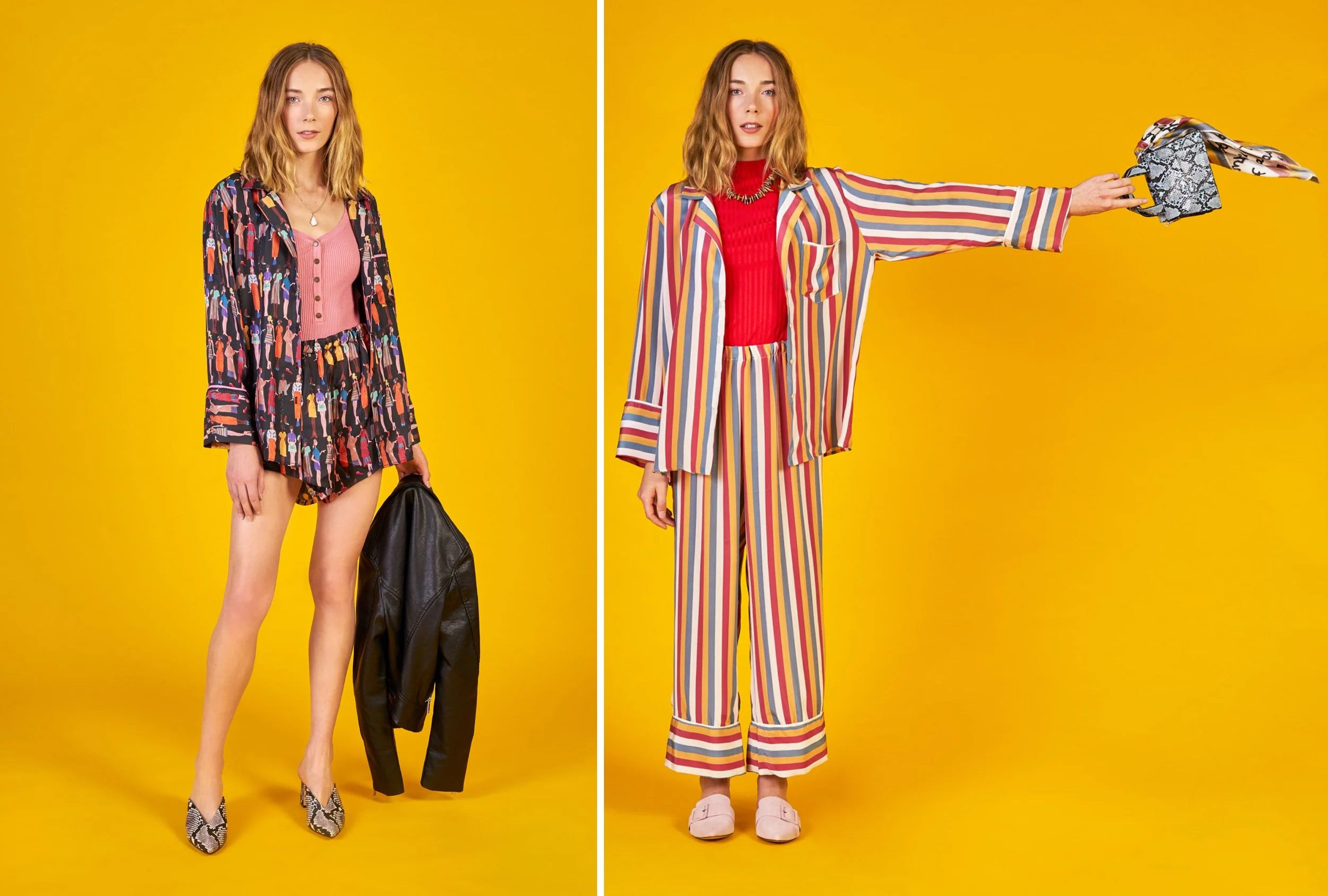
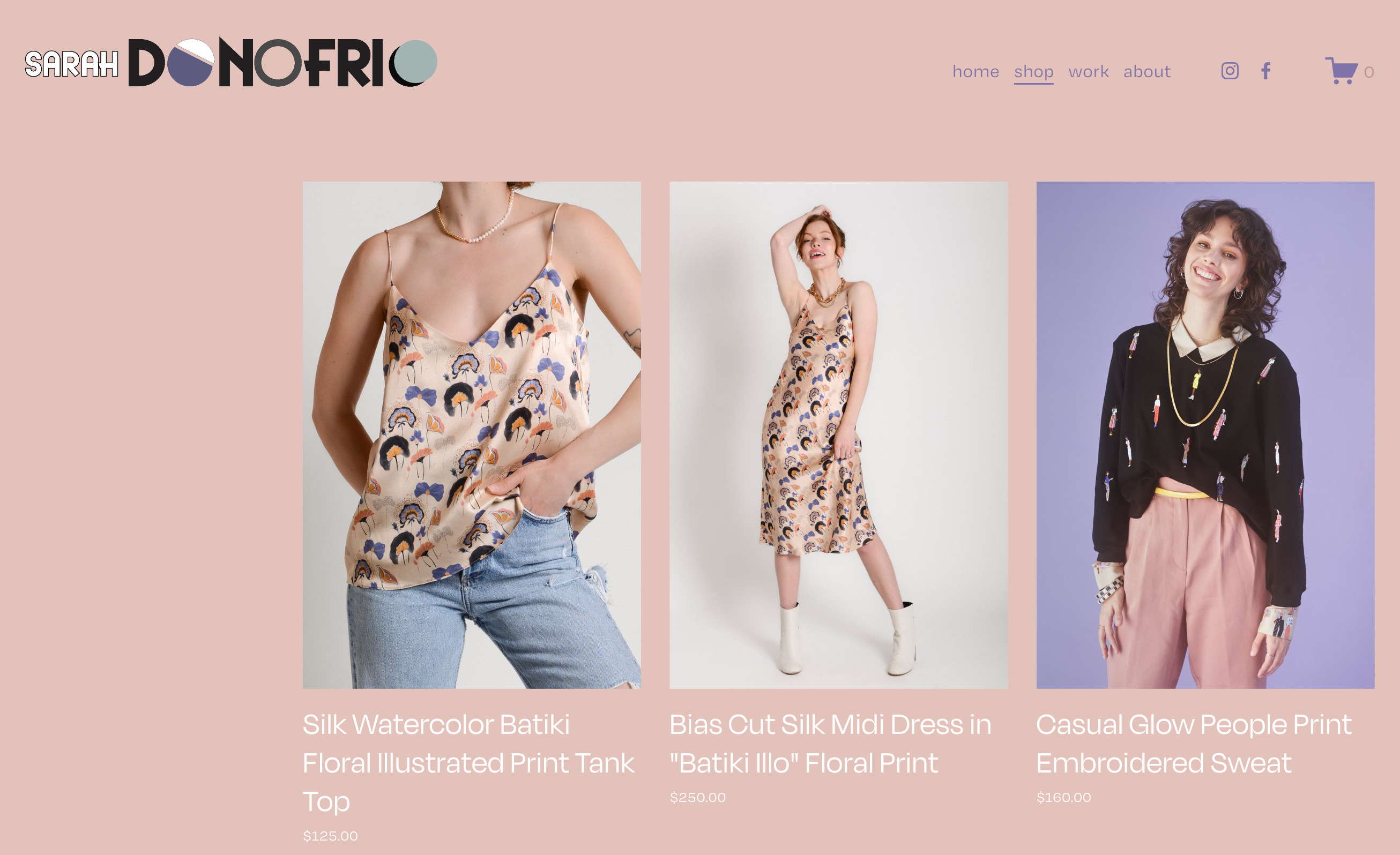
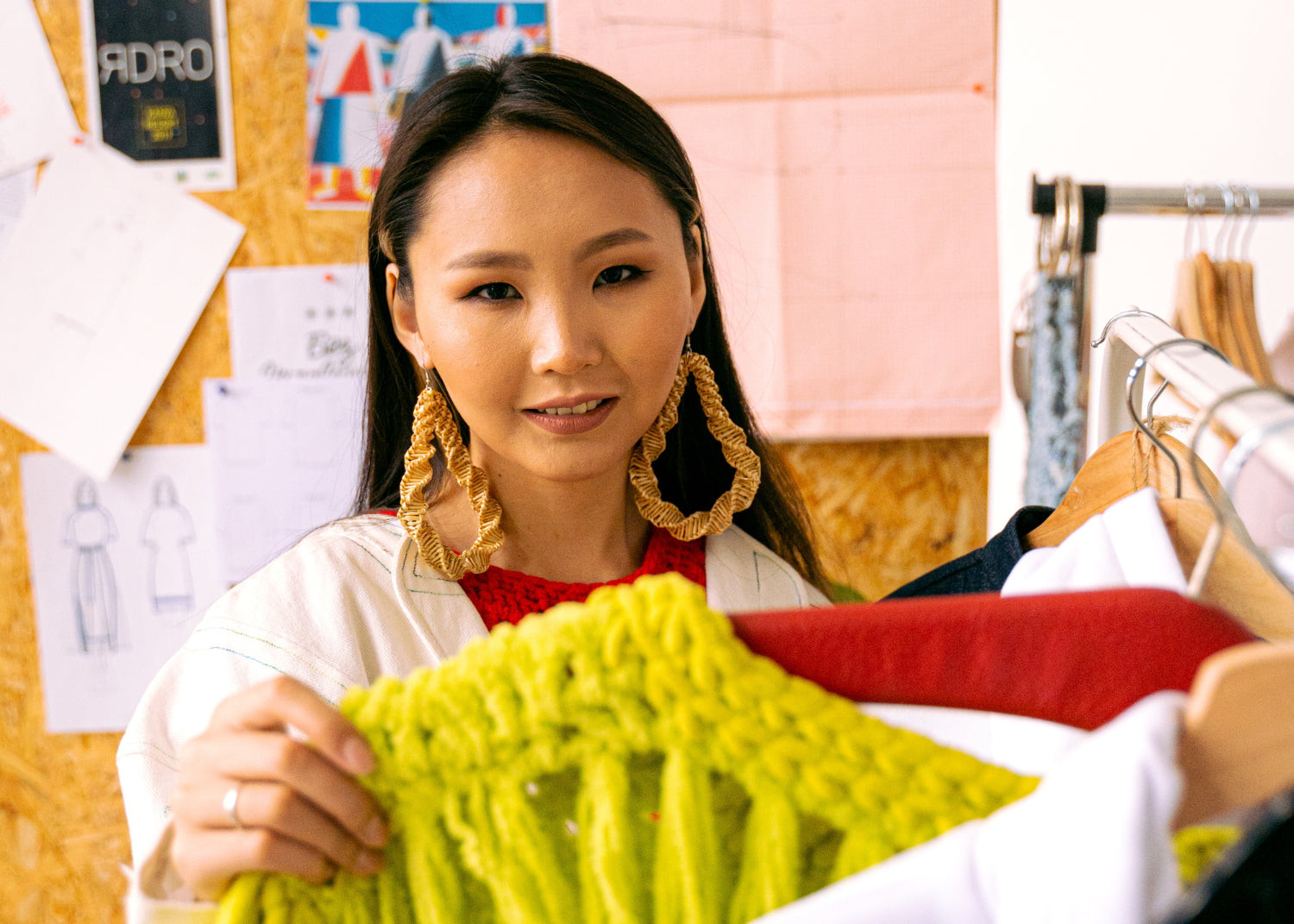
3. Staying Ahead with Fashion Trends
How can I effectively incorporate fashion trends into my brand? To effectively incorporate fashion trends, maintain a balance between staying current and staying true to your unique brand identity. Keep a close watch on emerging trends, but integrate only those that align with your brand’s strengths and resonate with your target customer.
Mens-fashion.net offers insights into the latest trends and advice on adapting them to your brand’s aesthetic. Designer Sarah Donofrio emphasizes the importance of “translation”—adapting trends to fit your brand and customer needs. For example, if athleisure is trending, consider how you can incorporate that trend into your existing product line by suggesting how your woven crop top can look with tights.
Here are some steps to incorporate trends into your brand:
- Stay Informed: Devour fashion publications, follow style influencers, and subscribe to newsletters and podcasts.
- Analyze Your Brand: Determine which trends align with your brand’s aesthetic and values.
- Adapt Creatively: Modify trends to suit your unique style and customer preferences.
4. Building a Robust Fashion Brand
What elements define a strong fashion brand? A strong fashion brand is built on clear values, a compelling mission, and a captivating story that resonates with its audience. It goes beyond just a name or logo to embody what you stand for.
According to brand expert Al Ries, consistency is key to building a recognizable brand. Mens-fashion.net helps you create brand guidelines that inform business decisions, visual direction, website design, and marketing campaigns. Use social media to share your inspiration, process, and personality to build a lifestyle around your brand.
Strategies for Building a Strong Brand
| Strategy | Description | Benefits |
|---|---|---|
| Define Brand Values | Clarify your brand’s core principles and beliefs. | Ensures authenticity and guides decision-making. |
| Develop Brand Story | Craft a compelling narrative that connects with your audience. | Creates emotional connections and builds brand loyalty. |
| Maintain Consistency | Ensure consistent visual and messaging across all channels. | Enhances brand recognition and reinforces brand identity. |
5. Designing and Developing Your Clothing Line
How can I effectively design and develop my clothing line? Effective clothing line design involves consistent sketching, manual sample creation, and creative focus. Designer Sarah Donofrio emphasizes the importance of a sketchbook as a vital tool for capturing ideas and translating them into designs.
Mens-fashion.net encourages designers to blend new technology with traditional methods for optimal creativity. Make your own clothing samples by hand to better understand the production process, and outsource tasks that hinder your creative development.
Design and Development Tips
| Tip | Description | Benefits |
|---|---|---|
| Constant Sketching | Regularly doodle and sketch ideas to refine designs. | Facilitates idea generation and design refinement. |
| Handmade Samples | Create clothing samples by hand to understand production. | Provides better production process and cost negotiation insights. |
| Creative Focus | Prioritize creativity by outsourcing business tasks. | Allows you to concentrate on design, enhancing creativity and innovation. |
6. Sourcing Fabrics and Designing Your Own
How do I find unique fabrics for my clothing line? Fabric sourcing often depends on industry connections and networking to access fabric agents, wholesalers, and mills. Sarah Donofrio recommends joining designer communities and attending networking events to build personal connections.
Mens-fashion.net offers resources for finding and connecting with fabric suppliers, as well as advice on developing unique textile designs. Consider designing your own fabrics to stand out from the competition, ensuring your brand’s distinctiveness.
Strategies for Fabric Sourcing
| Strategy | Description | Benefits |
|---|---|---|
| Build Industry Network | Connect with fabric agents, wholesalers, and mills. | Access to a broader range of fabrics and exclusive deals. |
| Join Designer Communities | Participate in local incubators, meetup groups, and online communities. | Opportunities for collaboration, knowledge sharing, and referrals. |
| Design Custom Fabrics | Create unique prints and materials tailored to your brand. | Ensures exclusivity and differentiates your brand in the market. |
7. Setting Up Production and Manufacturing
What are the best production methods for my clothing line? The best production method depends on your business scale, budget, and desired level of control. Options range from in-house production to outsourcing to local or overseas factories.
Mens-fashion.net offers guidance on setting up efficient production processes and selecting reliable manufacturing partners. As you scale, consider a manufacturing partner to free up time for other critical tasks. According to a report by McKinsey, transparency and ethical practices are increasingly important to consumers, influencing their purchasing decisions.
Production and Manufacturing Options
| Option | Description | Benefits |
|---|---|---|
| In-House Production | Producing clothing in a small studio with hired staff or freelance sewers. | Greater control over quality and production timelines. |
| Local Factory Outsourcing | Collaborating with a local factory with some oversight. | Supports local economy, easier communication, and potential for quick turnaround times. |
| Overseas Factory | Outsourcing production to a factory overseas. | Lower production costs, access to specialized skills. |
8. Building Pricing and Inventory Strategies
How do I determine the right pricing and manage inventory? Pricing your clothing line involves considering production costs, marketing expenses, and overhead, while also researching market prices. Effective inventory management is crucial for minimizing waste and maximizing sales.
Mens-fashion.net provides tools and advice for calculating optimal prices and managing inventory efficiently. Monitor what’s selling and what isn’t, and adjust your production and design cycles to avoid excess stock.
Pricing and Inventory Tips
| Tip | Description | Benefits |
|---|---|---|
| Cost Analysis | Calculate fixed and variable costs for production, marketing, and shipping. | Ensures profitability and informs pricing decisions. |
| Competitive Research | Analyze market prices to align with consumer expectations. | Positions your brand competitively. |
| Inventory Tracking | Use data to understand sales trends and adjust production. | Minimizes waste and ensures optimal stock levels. |
9. Planning Collections Around Fashion Seasons
How do I plan my collections around fashion seasons effectively? Planning collections around fashion seasons requires working backward from each season, with development starting a year or more in advance. Identify key fashion events like New York Fashion Week to set goals and timelines.
Mens-fashion.net offers a seasonal calendar and advice for aligning your collections with market demands. Consider creating evergreen collections that transcend seasonal trends, ensuring continuous appeal.
Seasonal Planning Tips
| Tip | Description | Benefits |
|---|---|---|
| Work Backward from Season | Start planning well in advance to meet production deadlines. | Allows ample time for design, production, and marketing. |
| Create Seasonal Calendar | Add dates of important fashion events to your calendar. | Helps set realistic goals and timelines. |
| Develop Evergreen Collections | Design prints and pieces that work regardless of season. | Ensures continuous sales and reduces reliance on seasonal trends. |
10. Pitching Your Clothing Line to Retailers
What strategies can I use to pitch my clothing line to retailers? Pitching your clothing line to retailers involves presenting a well-prepared proposal that highlights the unique value of your brand. Options include consignment and wholesale, each with its own advantages.
Mens-fashion.net offers advice on preparing a compelling pitch and building relationships with buyers. According to retail expert Bob Phipps, building personal relationships with buyers can significantly increase your chances of success. Be prepared to answer detailed questions about your collection and business.
Pitching Strategies
| Strategy | Description | Benefits |
|---|---|---|
| Consignment | Offering your line to retailers with payment only upon sale. | Low-risk for retailers, provides exposure for your brand. |
| Wholesale | Selling a set number of pieces upfront at a wholesale price. | Provides immediate revenue, but riskier for retailers. |
| Prepare Thoroughly | Be ready to answer detailed questions about your brand. | Demonstrates professionalism and instills confidence in buyers. |
11. Establishing an Online Clothing Store
How can I set up an effective online clothing store? Setting up an online clothing store involves choosing the right e-commerce platform, designing a visually appealing website, and providing detailed product information.
Mens-fashion.net recommends using platforms like Shopify for ease of use and customization. A professional online store serves as a direct sales channel and a lookbook for buyers and media.
Online Store Setup Tips
| Tip | Description | Benefits |
|---|---|---|
| Select E-Commerce Platform | Choose a platform like Shopify for easy setup. | Simplifies website creation, even without coding skills. |
| Optimize Product Pages | Capture details like fit, feel, and draping in product descriptions. | Enhances the shopping experience. |
| Use High-Quality Photos | Invest in professional photo shoots. | Showcases your clothing in the best light. |
12. Marketing Your Fashion Brand Online
What are the best online marketing strategies for my fashion brand? Online marketing strategies include social media engagement, content marketing, and targeted advertising. Develop a strong brand with a unique value proposition to focus your efforts on your ideal customer.
Mens-fashion.net offers tips for creative and organic marketing ideas to grab attention on a limited budget. According to a report by Content Marketing Institute, brands that prioritize content marketing are 13 times more likely to see positive ROI.
Online Marketing Tips
| Tip | Description | Benefits |
|---|---|---|
| Social Media Engagement | Use social media to share your inspiration, process, and personality. | Builds brand awareness and connects with your audience. |
| Content Marketing | Create valuable content that resonates with your target customer. | Drives traffic to your website and establishes your brand as an authority. |
| Targeted Advertising | Focus your advertising efforts on your ideal customer. | Maximizes ROI and ensures efficient spending. |
13. Launching a Retail Store or Pop-Up Shop
How can I successfully launch a retail store or pop-up shop? Launching a retail store or pop-up shop involves careful planning, customer insight, and industry relationship building. Consider a temporary pop-up shop before committing to a permanent location.
Mens-fashion.net offers advice on using local markets to test merchandising and build relationships. According to the National Retail Federation, pop-up shops are an effective way to test new markets and products.
Retail Launch Tips
| Tip | Description | Benefits |
|---|---|---|
| Test with Local Markets | Use local markets to gain customer insight and test merchandising. | Provides valuable feedback and builds industry connections. |
| Consider Pop-Up Shop | Host a temporary pop-up shop to assess viability. | Reduces risk and provides a flexible retail experience. |
| Allocate Resources Wisely | Balance retail store and clothing label tasks. | Ensures efficient management and growth. |
14. Learning from Industry Professionals
What can I learn from industry professionals and their experiences? Learning from industry professionals involves staying informed about best practices and adapting to the fast-paced nature of the fashion industry. Reflect on your experiences and let each misstep guide your next pivot.
Mens-fashion.net encourages designers to focus on their unique ideas and what their target customers want. According to fashion consultant Tim Gunn, understanding your target audience is crucial for success.
The fashion industry is a fast-paced space, with market trends changing by the minute. Look to the other clothing industry leaders for best practices in launching a successful fashion brand.
Learning Tips
| Tip | Description | Benefits |
|---|---|---|
| Stay Informed | Keep abreast of best practices and market trends. | Ensures you remain competitive and adapt to changing industry landscapes. |
| Focus on Unique Ideas | Emphasize what makes your ideas unique. | Differentiates your brand and attracts your target customers. |
| Understand Target Audience | Know what your target customers want. | Ensures your designs resonate with your audience. |
How to Start a Clothing Brand FAQ
What’s the very first step when starting my clothing line?
The first step to starting your own clothing line is to identify your niche idea and target audience, setting the stage for brand building and subsequent steps. As you embark on your journey, dedicating time to these early stages ensures a solid foundation for your clothing brand.
Do I need a special license to launch a clothing brand?
Yes, you typically need licenses to start a clothing brand. Requirements vary by location, but generally include a permit to sell and collect tax, and possibly an apparel registration certification. You might also consider becoming an LLC or S corp, getting business insurance, and any licenses for brick-and-mortar if you plan to sell your clothing line in person.
What’s the financial layout to start a small clothing biz from home?
Starting a fashion brand requires upfront investment, depending on the business type. Costs include fabric and materials, labor, shipping, heating, rent, equipment, and production costs. You also need to factor in payment processing, online store fees, and marketing. Expect to spend a few thousand dollars upfront if creating clothing from scratch. A print-on-demand clothing brand, however, will have lower startup costs.
Do clothing businesses turn a profit on average?
Clothing businesses can be profitable, though success varies based on market positioning, efficiency, and brand strength. Many struggle due to competition and changing consumer preferences. However, well-run businesses with strong brand identity and marketing can achieve profitability, especially in niche or luxury markets.
Any tips for naming my new clothing brand?
When naming your clothing line, try to choose something that represents your brand identity and resonates with your target market. Sarah Donofrio used her own name for her clothing brand. If your brand story is close to your personal story, this may be a good option for you as well.
Can I put my own branding on wholesale clothing?
Yes, you can put your own label on wholesale clothing, provided it doesn’t conflict with the wholesaler’s policies. This practice is known as white labeling, where you purchase wholesale clothing, add your branded tags, and resell directly to customers through your online store under your brand name.
By following these steps and continuously adapting to the dynamic fashion industry, you can turn your design aspirations into a thriving clothing brand. Explore more resources and expert advice at mens-fashion.net to elevate your fashion venture to new heights. Connect with us at Address: 227 W 27th St, New York, NY 10001, United States and Phone: +1 (212) 217-5800.
